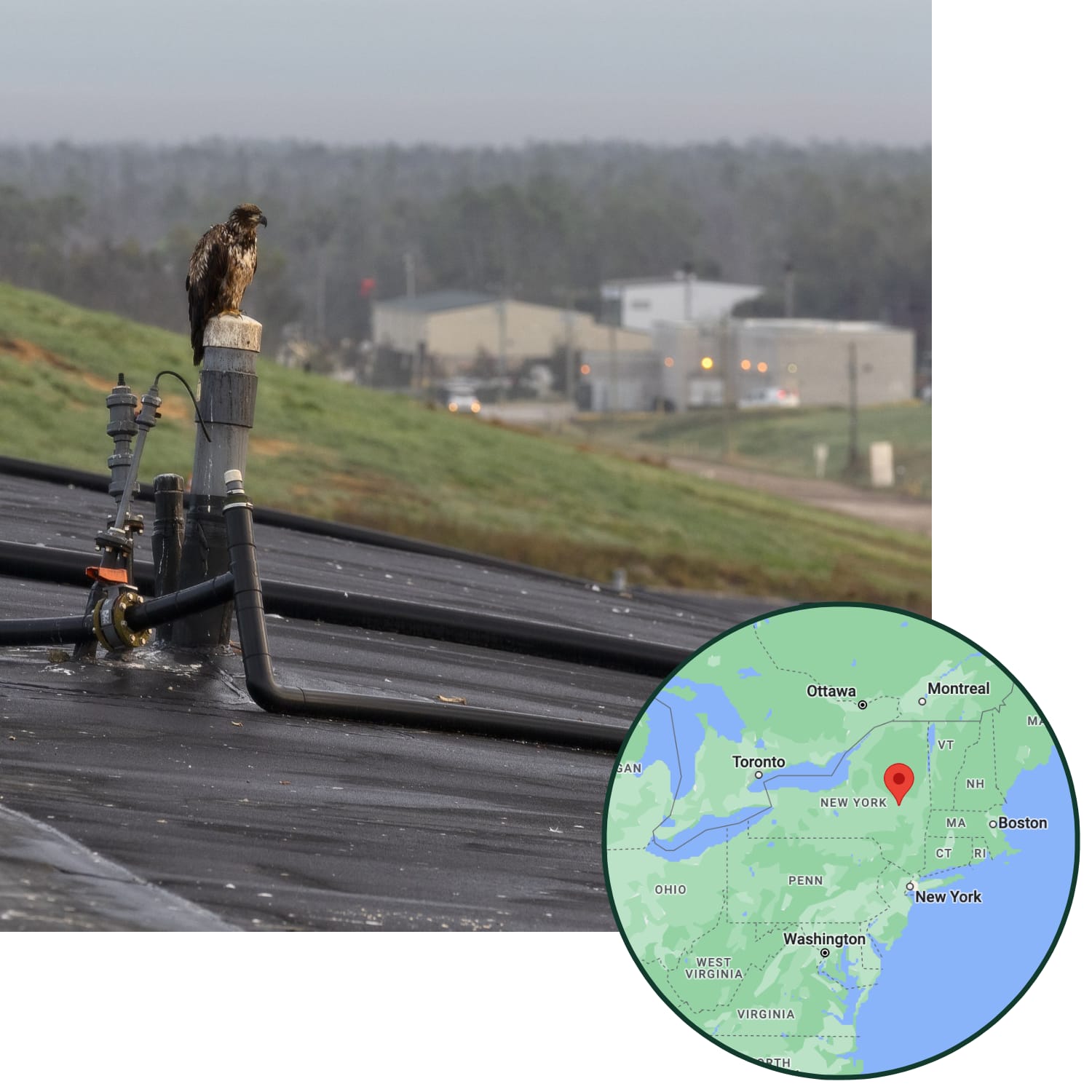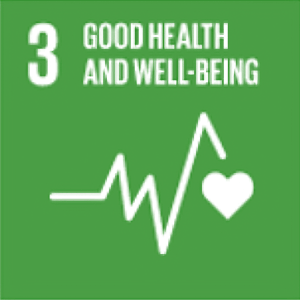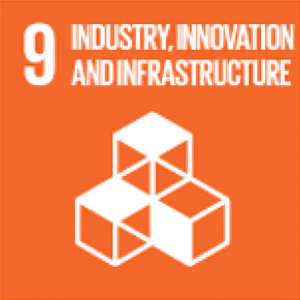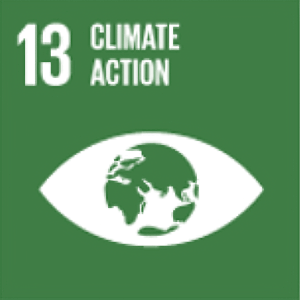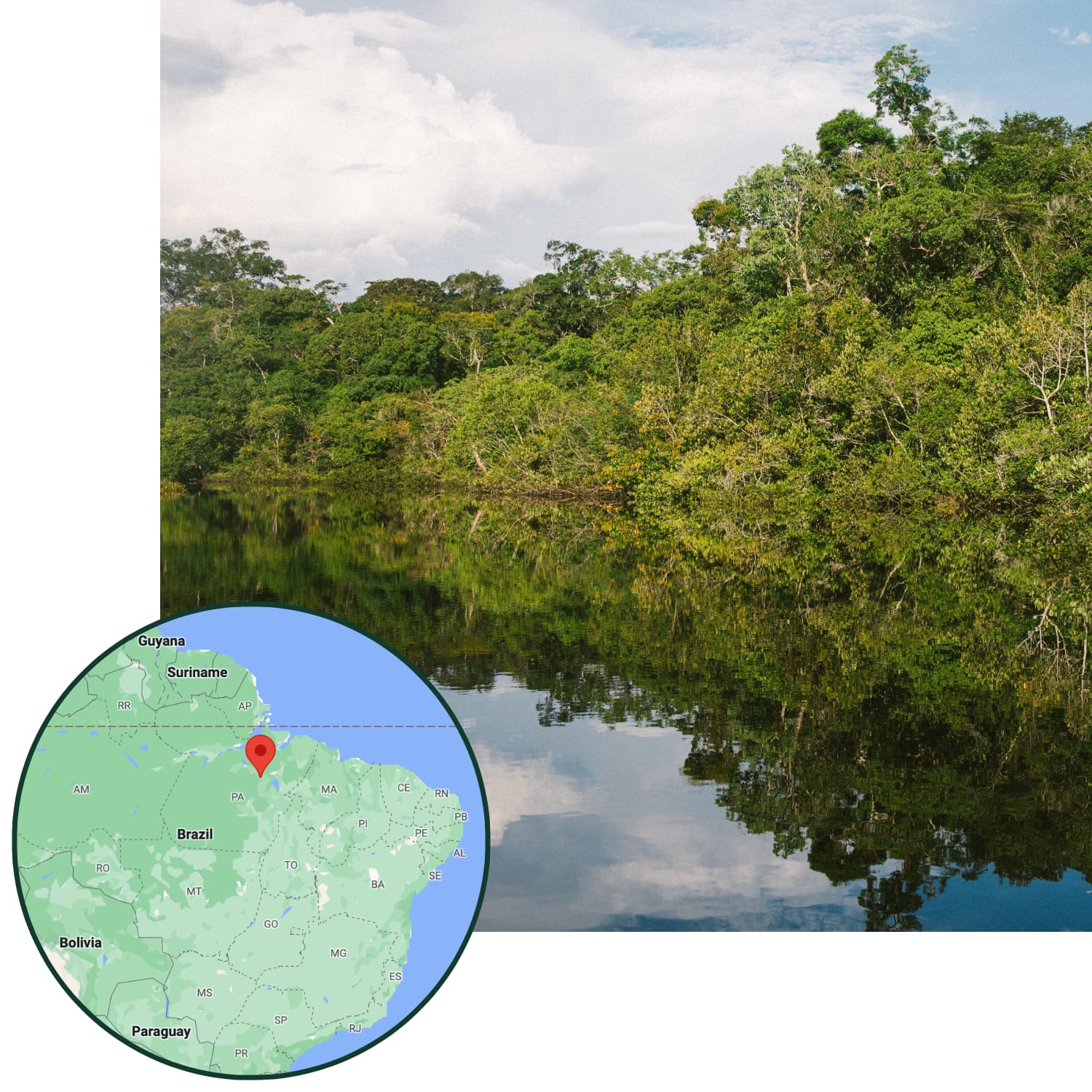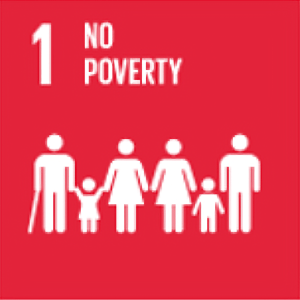Goal 1 No poverty
"End poverty in all its forms everywhere."
Achieving SDG 1 would end extreme poverty globally by 2030. One of its indicators is the proportion of population living below the poverty line. The data gets analyzed by
sex, age, employment status, and geographical location (urban/rural).
Goal 3 Good health and well-being
"Ensure healthy lives and promote well-being for all at all ages."
Important indicators here are life expectancy as well as child and maternal mortality. Further indicators are for example deaths from road traffic injuries, prevalence of
current tobacco use, suicide mortality rate.
Goal 5 Gender equality
"Achieve gender equality and empower all women and girls."
Indicators include for example having suitable legal frameworks and the representation by women in national parliament or in local deliberative bodies. Numbers on forced
marriage and female genital mutilation/cutting (FGM/C) are also included in another indicator.
Goal 7 Affordable and clean energy
"Ensure access to affordable, reliable, sustainable and modern energy for all."
One of the indicators for this goal is the percentage of population with access to electricity (progress in expanding access to electricity has been made in several
countries, notably India, Bangladesh, and Kenya). Other indicators look at the renewable energy share and energy efficiency.
Goal 8 Decent work and economic growth
"Promote sustained, inclusive and sustainable economic growth, full and productive employment and decent work for all."
Important indicators for this goal include economic growth in least developed countries and the rate of real GDP per capita. Further examples are rates of youth
unemployment and occupational injuries or the number of women engaged in the labor force compared to men.
Goal 9 Industry, Innovation and Infrastructure
"Build resilient infrastructure, promote inclusive and sustainable industrialization, and foster innovation."
Indicators in this goal include for example the proportion of people who are employed in manufacturing activities or who are living in areas covered by a mobile network
or who have access to the internet. An indicator that is connected to climate change is "CO2 emissions per unit of value added."
Goal 11 Sustainable cities and communities
"Make cities and human settlements inclusive, safe, resilient, and sustainable."
Important indicators for this goal are the number of people living in urban slums, the proportion of the urban population who has convenient access to public transport,
and the extent of built-up area per person.
Goal 12 Responsible consumption and production
"Ensure sustainable consumption and production patterns."
One of the indicators is the number of national policy instrument to promote sustainable consumption and production patterns. Another one is global fossil fuel subsidies.
An increase in domestic recycling and a reduced reliance on the global plastic waste trade are other actions that might help meet the goal.
Goal 13 Climate action
"Take urgent action to combat climate change and its impacts by regulating emissions and promoting developments in renewable energy."
In 2021 to early 2023, the Intergovernmental Panel on Climate Change (IPCC) published its Sixth Assessment Report which assesses scientific, technical, and socio-economic
information concerning climate change.
Goal 15 Life on land
"Protect, restore and promote sustainable use of terrestrial ecosystems, sustainably manage forests, combat desertification, and halt and reverse land degradation and
halt biodiversity loss."
The proportion of remaining forest area, desertification and species extinction risk are example indicators of this goal.


